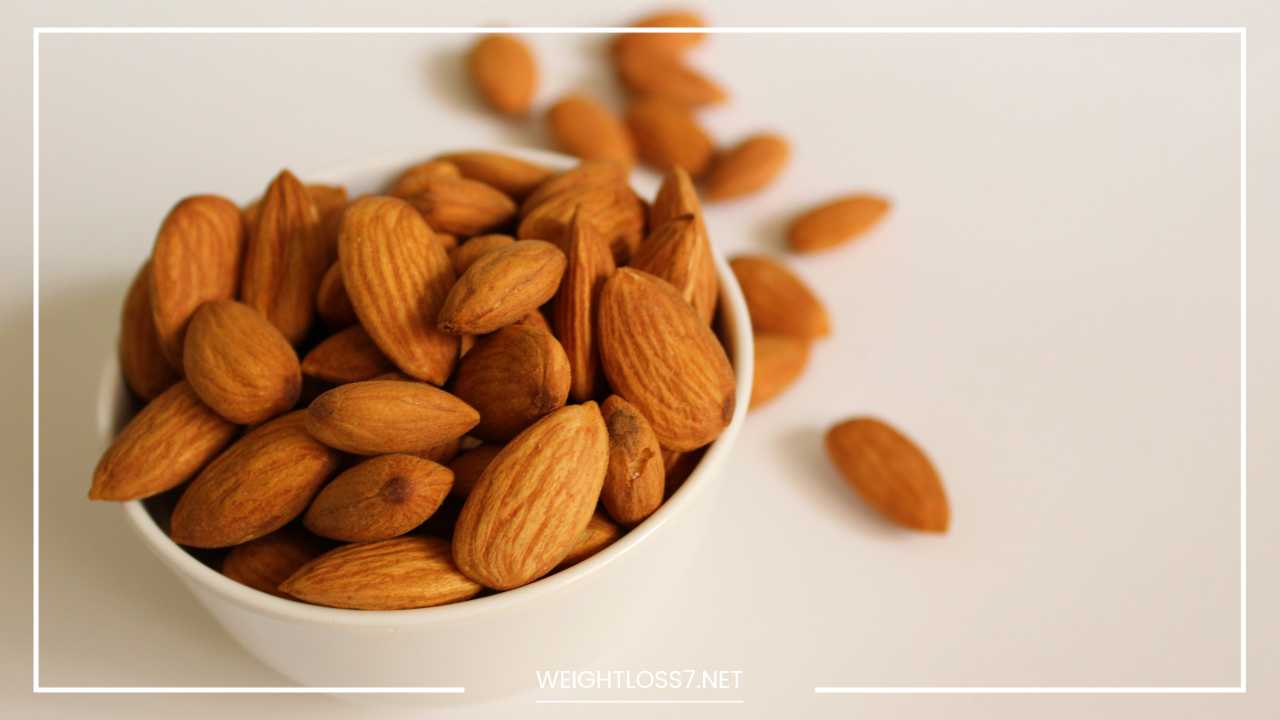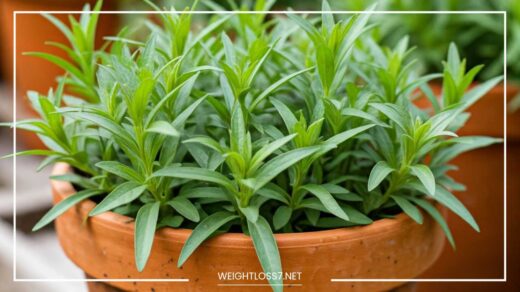Vitamin E: Functions, Benefits & Sources

Vitamin E
Vitamin E: Unveiling the Powerhouse Antioxidant
Vitamin E, a fat-soluble essential nutrient, is more than just a trendy supplement. It’s a multifaceted warrior within your body, wielding its antioxidant shield to combat free radicals and safeguarding your health.
This comprehensive guide delves into the world of vitamin E, exploring its intricate functions, the potential health benefits it offers, and the best ways to integrate it into your diet for optimal well-being.
The Battle Within: Understanding Free Radicals and the Role of Vitamin E
Imagine tiny grenades constantly bombarding your cells. These “grenades” are free radicals, unstable molecules formed during natural processes in the body or through environmental exposure (pollution, UV rays).
Free radicals wreak havoc by stealing electrons from other molecules, triggering a chain reaction of cellular damage. This damage, known as oxidative stress, is linked to various chronic diseases and the aging process.
Here’s where vitamin E steps in as your valiant defender. It acts as a sacrificial electron donor, neutralizing free radicals before they can inflict harm.
By mopping up these rogue molecules, vitamin E protects your cells from oxidative stress, safeguarding your body’s foundation for optimal health.
Beyond the Battlefield: The Diverse Functions of Vitamin E
While its antioxidant prowess takes center stage, vitamin E’s contributions extend far beyond. It’s a versatile player, participating in various critical bodily functions:
-
Immune System Champion: Vitamin E strengthens your body’s defense system by bolstering the production of immune cells and antibodies. These warriors become more adept at recognizing and fighting off invaders, keeping you healthy.
-
Cellular Communication Maestro: Vitamin E facilitates communication between cells. It acts like a cellular messenger, ensuring organs and systems function seamlessly by transmitting signals accurately.
-
Blood Flow Regulator: Vitamin E might play a role in preventing blood clots by interfering with platelet aggregation. This can potentially reduce the risk of heart attack and stroke, maintaining smooth blood flow throughout your body.
-
Vitamin K Synergist: Vitamin E works hand-in-hand with vitamin K, optimizing its utilization. Vitamin K is crucial for blood clotting and bone health, and vitamin E ensures it functions effectively.
Unlocking Potential: Exploring the Health Benefits of Vitamin E
Research suggests that vitamin E’s diverse functions translate to a range of potential health benefits. Let’s delve into some promising areas:
-
Guarding Your Eyesight: Age-related macular degeneration (AMD) is a leading cause of vision loss in older adults. Studies suggest that vitamin E might help reduce the risk of AMD, potentially preserving your precious sight.
-
Sharpening Your Mind: Cognitive decline and Alzheimer’s disease are growing concerns. While research is ongoing, some studies suggest that vitamin E might play a role in protecting cognitive function and potentially slowing the progression of Alzheimer’s disease.
-
Safeguarding Your Heart: Vitamin E’s antioxidant and anti-clotting properties might contribute to reducing the risk of heart disease. However, it’s important to note that high-dose supplementation is not recommended and may have adverse effects. Consult your doctor for personalized guidance.
-
Protecting Your Skin: Sun damage and premature aging are foes of radiant skin. Vitamin E’s antioxidant properties might help shield your skin from these harmful effects. It may also aid in wound healing, promoting healthy skin regeneration.
-
Managing Diabetic Complications: Diabetes can lead to nerve damage and other complications. Vitamin E might offer some protection against these complications, potentially improving quality of life for diabetic individuals.
Dietary Powerhouses: Unveiling the Best Sources of Vitamin E
Mother Nature provides a bounty of vitamin E-rich foods. Here are some stellar choices to incorporate into your diet and unlock the power of this essential nutrient:
-
Nut and Seed Symphony: Almonds, peanuts, sunflower seeds, and hazelnuts are a delicious chorus of vitamin E. Enjoy them as a snack, sprinkle them on salads and yogurts, or use them to make homemade nut butter.
-
Vegetable Oil Oasis: Wheat germ, sunflower, safflower, corn, and soybean oils are brimming with vitamin E. Use them for cooking, salad dressings, or add a drizzle to enhance the flavor of roasted vegetables.
-
Leafy Green Extravaganza: Spinach, kale, and collard greens are not only rich in vitamin E but also packed with other essential nutrients. Include them in your salads, stir-fries, or blend them into healthy smoothies.
-
Fruity Delights: While not as concentrated as other sources, some fruits like mangoes and kiwis offer a dose of vitamin E. Include them in your diet for a burst of flavor and essential nutrients.
-
Fortified Food Fiesta: Breakfast cereals, fruit juices, margarines, and spreads often get fortified with vitamin E. Check the labels to identify these hidden gems and add them to your grocery list.
Vitamin E Supplementation – When and How Much?
For most healthy individuals who consume a balanced diet rich in the aforementioned foods, vitamin E deficiency is uncommon. However, certain situations might warrant supplementation under a doctor’s supervision. Here’s a closer look at when supplements might be considered:
-
Fat Absorption Issues: Conditions like Crohn’s disease or cystic fibrosis can hinder fat absorption, potentially leading to vitamin E deficiency. Supplementation can help bridge this gap.
-
Restrictive Diets: Individuals on very low-fat diets or those who exclude a significant portion of food groups (nuts, seeds, oils) might be at risk of deficiency. Supplements can be a helpful solution.
-
Genetic Predisposition: Certain genetic variations can affect how your body absorbs and utilizes vitamin E. If you have a diagnosed genetic condition impacting vitamin E metabolism, your doctor may recommend supplementation.
Choosing the Right Form: The Different Types of Vitamin E Supplements
Vitamin E exists in eight different forms, with alpha-tocopherol being the most common and well-studied form found in supplements.
However, other forms like gamma-tocopherol are also present in natural sources. While research is ongoing, alpha-tocopherol seems to be the most bioavailable form, meaning your body can absorb and utilize it most effectively.
Dosage Considerations: Striking the Right Balance
The recommended daily allowance (RDA) for vitamin E varies depending on age and sex. Adults typically require around 15 mg (22.5 IU) daily.
However, it’s crucial to remember that high doses (exceeding 400 IU daily) can be counterproductive and lead to adverse effects.
Here’s why exceeding the recommended dosage can be problematic:
-
Increased Bleeding Risk: Vitamin E’s blood-thinning properties can be beneficial in moderation. However, high doses can significantly increase the risk of bleeding, especially when combined with blood-thinning medications or during surgery.
-
Interference with Medications: Vitamin E can interact with certain medications, including blood thinners, chemotherapy drugs, and medications for heart disease. Always consult your doctor before starting any supplements to avoid potential interactions.
-
Other Potential Side Effects: High-dose vitamin E supplementation might lead to side effects like nausea, fatigue, headache, and muscle weakness.
Maximizing Benefits: Essential Tips for Safe and Effective Vitamin E Supplementation
If you’re considering vitamin E supplements, here are some key points to remember:
-
Consult Your Doctor: Always discuss supplementation with your doctor. They can assess your individual needs, potential risks and interactions with medications, and recommend the appropriate dosage.
-
Start Low and Go Slow: Begin with a low dose and gradually increase it under your doctor’s guidance. This helps your body adjust and minimizes the risk of side effects.
-
Choose High-Quality Supplements: Opt for reputable brands that offer third-party tested supplements for purity and potency.
-
Focus on Food First: Prioritize incorporating a balanced diet rich in vitamin E-rich foods. Supplements should complement your diet, not replace it.
Living a Vitamin E-Rich Life
Vitamin E is a cornerstone of good health. By incorporating a variety of vitamin E-rich foods into your diet and consulting your doctor about potential supplementation, you can ensure your body has the necessary tools to combat free radicals and promote overall well-being.
Remember, a balanced approach that prioritizes dietary sources and utilizes supplements judiciously is the key to unlocking the full potential of vitamin E for a healthy and vibrant life.
Vitamin E Throughout Your Life Stages: Tailoring Intake for Optimal Health
Vitamin E needs vary throughout life, and understanding these differences can help you optimize your intake. Here’s a breakdown of vitamin E requirements for different age groups and specific situations:
-
Children and Adolescents: The RDA for vitamin E increases with age for children and adolescents. It starts at 4 mg (6 IU) daily for infants and gradually increases to 15 mg (22.5 IU) daily by adolescence. A balanced diet rich in the aforementioned food sources typically suffices to meet these needs.
-
Pregnancy and Lactation: Pregnant and breastfeeding women have slightly higher vitamin E requirements due to the increased demands of fetal development and milk production. The RDA for pregnant women is 15 mg (22.5 IU) daily, and for lactating women, it’s 19 mg (28.5 IU) daily. Consult your doctor for personalized guidance on supplementation during pregnancy and lactation.
-
Adults: As mentioned earlier, the RDA for adults is 15 mg (22.5 IU) daily. This can be readily achieved through a balanced diet. Supplementation might be considered for individuals with fat absorption issues, restrictive diets, or certain genetic conditions, but always under a doctor’s supervision.
-
Older Adults: The need for antioxidants like vitamin E becomes even more crucial with age. While the RDA remains 15 mg (22.5 IU) daily, some research suggests that older adults might benefit from slightly higher intakes (up to 30 mg daily) to combat increased oxidative stress. However, it’s essential to consult your doctor before exceeding the recommended dosage.
Synergy is Key: Combining Vitamin E with Other Nutrients for Enhanced Benefits
Vitamin E doesn’t work in isolation. It functions synergistically with other nutrients to maximize its health benefits. Here are some key partners:
-
Vitamin C: This fellow antioxidant works alongside vitamin E to provide a double dose of protection against free radicals. Including citrus fruits, berries, and bell peppers in your diet boosts your intake of both.
-
Selenium: This mineral enhances the activity of vitamin E. Brazil nuts, seafood, and organ meats are good sources of selenium.
-
Healthy Fats: Vitamin E is a fat-soluble nutrient, meaning it requires healthy fats for absorption. Include sources like avocado, olive oil, and fatty fish in your diet to optimize vitamin E utilization.
The Future of Vitamin E Research: Unveiling New Horizons
Research on vitamin E is ongoing, with scientists exploring its potential benefits in various areas:
-
Neurodegenerative Diseases: Studies are investigating the role of vitamin E in preventing or slowing the progression of neurodegenerative diseases like Alzheimer’s and Parkinson’s.
-
Cancer Prevention: The antioxidant properties of vitamin E are being explored for their potential role in cancer prevention. However, more research is needed to establish conclusive evidence.
-
Skin Health: Topical application of vitamin E might offer benefits for wound healing and reducing the appearance of scars. Research in this area is promising.
Living a Vitamin E-Conscious Life: Practical Tips for Daily Habits
Here are some everyday practices you can incorporate to ensure you’re getting enough vitamin E:
-
Plan Your Meals: Plan your meals around vitamin E-rich ingredients. Include nuts, seeds, leafy greens, and healthy oils in your weekly grocery list.
-
Snack Smart: Swap sugary snacks for vitamin E powerhouses like almonds, sunflower seeds, or sliced vegetables with a drizzle of olive oil.
-
Cooking Methods: Use gentle cooking methods like steaming or stir-frying to preserve vitamin E content in foods.
-
Store Wisely: Store nuts, seeds, and oils in airtight containers in a cool, dark place to prevent vitamin E degradation.
By incorporating these tips and prioritizing a balanced diet, you can ensure your body has a steady supply of this essential nutrient for optimal health and well-being.

















